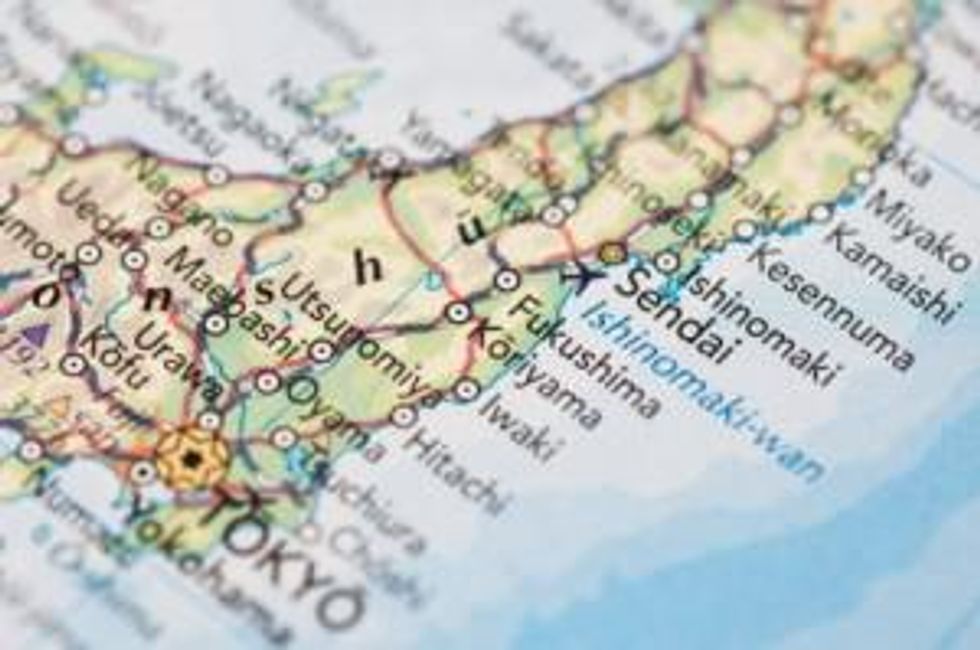Japan’s improving economy is boosting demand for rare metals.
The Wall Street Journal reported that REE exports from China, the world’s largest consumer and producer of the rare metals, were six times higher than a year earlier in April, at 2,196 metric tonnes, and a 28 percent increase from March. Data from the China Customs Statistics Information Center shows a direct correlation between the steady increases in export volumes since January, when only 1,092 tonnes were exported, and the falling prices of processed rare earth products. The average Chinese export price for a basket of rare earths was US$42,344 in April compared to $58,275 in January.
The uptick in exports reverses a trend of declining Chinese REE exports that took place in 2012, caused in part by a lull in worldwide demand for the materials combined with factors such as a World Trade Organization challenge to Chinese REE export quotas, and non-Chinese sources like Molycorp (NYSE:MCP) and Lynas Corporation (ASX:LYC) supplying more of the metals used in green technologies, electronics and military applications. There has also been a movement among auto manufacturers to reduce or recycle rare earth materials.
Given those factors, where is the new demand coming from? Experts point to a revival in the Japanese economy.
Japan, which accounts for two-thirds of China’s rare earth exports, is seeing higher economic growth since the government embarked on a massive stimulus spending program, and that is giving Japanese rare earth consumers the confidence to place more orders.
Japan is buying more because “prices are so low at this point that it’s really helped to boost exports,” Frank Tang, a rare earths analyst from North Square Blue Oak, told The Wall Street Journal.
Companies in Japan and Europe are also picking up more rare metals now because their stockpiles, which only last six months to a year, are currently drawn down, said a spokeswoman from the China Association of Rare Earth Industry quoted by the Journal.
The news that Japan is buying more rare earths from China appears to strengthen the trade ties between the two countries and also indicates Japan’s continued reliance on China for its rare earths. The Asian superpowers have traded barbs recently over sovereignty of a group of islands, and while the dispute is territorial and diplomatic in nature, it has spilled into the economic realm, and even affected Sino-Japanese trade, according to an analysis published by Delta.
In part due to this dispute, and also because Japan’s high-tech and defence industries are heavily reliant upon access to rare earths, Japan has tried to reduce its dependency on China by finding its own sources of rare earth elements.
Rare Earth Investing News reported in April the discovery by Japanese researchers of a large deposit of rare earths in the seabed surrounding Minami-Tori-shima Island in the Pacific Ocean.
The deposit can apparently be mined at low cost and will be able to produce materials that are 20 to 30 times more concentrated than those currently being mined in China.
Also, earlier this year, Japanese mining company Nippon Light Metal Holdings Company (TSE:5703) stated that Jamaica may host a large amount of REEs in its red mud, or bauxite residue.
Could the boosted demand for Chinese rare earths, which compose 95 percent of the REE market, be a signal for heightened global rare earth demand and a catalyst for price increases? The answer to that question is not so clear.
The Wall Street Journal reported a spokesman for US producer Molycorp as saying that the momentum in China’s REE exports is “a positive sign,” but may only be temporary.
“It’s probably too soon to tell with any significant degree of confidence,” said Jim Sims. “Inventories have been built up over the past several years, and they are returning to more normal levels now … With the continuing volatility in rare-earth volumes and prices, it is a bit early to conclude that this is the start of a real global recovery of demand or just a temporary spike in demand.”
Securities Disclosure: I, Andrew Topf, hold no direct investment interest in any company mentioned in this article.
Related reading:
